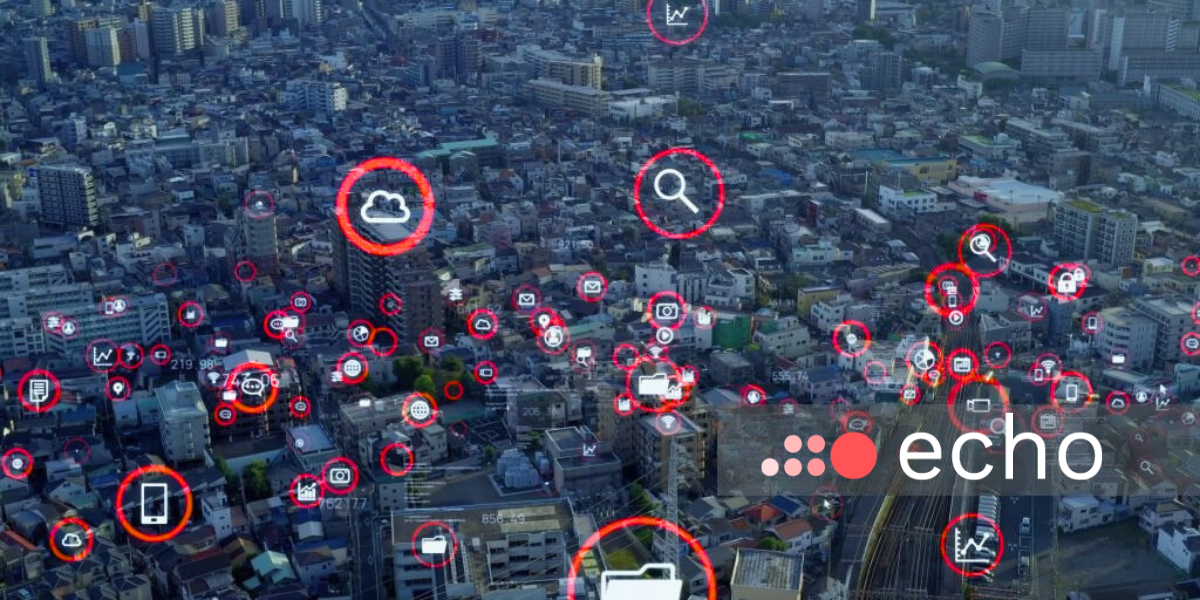Mobile location data for predictive analytics
Explore how mobile location data and predictive analytics enhance decision-making, optimize operations, and improve customer experiences across industries.

The fusion of mobile location data and predictive analytics is fundamentally shifting how organizations plan, forecast, and execute. By layering location intelligence into predictive models, businesses can pinpoint not just what’s likely to happen, but where. The result is better resource allocation, sharper forecasting, and experiences built around real-world behavior.
Here’s how companies are using this approach across industries and what it takes to do it right.
What is mobile location data and predictive analytics?
Mobile location data tracks device movement via GPS, Wi-Fi, cell towers, and app permissions. This information is anonymized and aggregated to create behavioral datasets.
Predictive analytics uses historical data, statistical models, and machine learning to forecast future outcomes. It’s widely used in forecasting demand, optimizing logistics, and reducing churn.
Why combine them?
Adding spatial context improves prediction accuracy. It allows organizations to understand where trends might unfold. This matters whether you’re targeting ads, deploying resources, or building infrastructure.
This approach is common in sectors like retail, supply chain, and real estate. Yet tapping into it requires high-quality data, ethical safeguards, and the right technology stack.
Predictive analytics with location data
Predictive analytics using mobile location data follows a clear pipeline—from data collection to model deployment. Because roughly 80% of all data contains a spatial component, understanding the core methodologies is essential.
Data collection methods
Everything begins with gathering location data that’s accurate, timely, and permission-based. There are three dominant methods:
- Passive tracking: GPS, Wi-Fi, and cell signals create continuous location trails. This is useful for understanding regional mobility trends at scale.
- Opt-in data: Users agree to share their location in exchange for app benefits or services. This ensures transparency and aligns with regulations like GDPR and CCPA.
- SDK-based collection: Location SDKs—like our own—let developers integrate real-time tracking with built-in privacy controls.
Each method affects data quality and compliance. Balancing depth of insight with ethical responsibility is non-negotiable.
Cleaning and feature engineering
Raw location data is noisy. Cleaning removes GPS drift, duplicates, and missing timestamps. From there, spatial feature engineering transforms coordinates into structured variables predictive models can interpret.
Key techniques include:
- Map matching to align datasets.
- Map synthesis to create contextual variables like proximity to POIs, footfall density, and dwell time.
Model selection
Different business goals require different modeling approaches: Regression forecasts continuous values like foot traffic or delivery times; Classification categorizes behavior, such as customer types or location risk; Clustering reveals natural groupings for market segmentation or service planning; Time series identifies seasonal or trend-driven patterns; and Neural networks handle complex spatial-temporal data relationships.
Often, the most effective solutions combine methods. A retail analytics stack might use clustering for segmentation, regression for footfall forecasting, and classification to rank store sites.
Spatial autoregressive models and geographically weighted regression are gaining traction too. These account for location interdependencies—an essential factor when dealing with regional trends.
How Echo Analytics enables location-based prediction
Modern geospatial tools handle massive datasets and turn them into decisions. Here’s what Echo’s ecosystem includes:
- Echo Data: 80M+ locations globally, with 95% polygon coverage and four years of mobility history.
- Echo Insights: Turns location data into easy-to-use intelligence for business teams.
- Echo SDK: Embeds location intelligence directly into mobile apps.
These tools make predictive modeling faster and more precise across sectors like retail, logistics, and urban planning.
Echo’s datasets are designed to support predictive analytics from the ground up. For example:
- Places dataset: Business-level POI details.
- Footfall and activity: Measures visitor frequency, movement intensity, and dwell patterns.
- Cross-visitation: Identifies where users travel between points and how often.
Real-world use cases across industries
The business impact of location-based predictive analytics spans multiple sectors.
Retail and AdTech
Retailers are using location intelligence to sharpen targeting and personalize at scale. Taco Bell refined store placement using foot traffic trends. McDonald's drove 6.4 million ad impressions by syncing out-of-home campaigns with in-app targeting.
Personalization drives results:
- Retailers with advanced strategies saw a 25% revenue lift.
- 110% of consumers are more likely to make unplanned purchases when experiences feel personalized.
By linking campaign performance with mobility metrics, brands can close the loop between spend and behavior.
FMCG and supply chain
FMCG firms use location intelligence to forecast demand and optimize fulfillment.
Dutch supermarket giant, Albert Heijn, improved forecasting accuracy by 5%, slashed stock shrinkage in half, and cut delivery volumes by two-thirds. These efficiencies scale across categories, from grocery to personal care.
Real estate and consulting
Consulting firms are embedding location intelligence into proposals to win large-scale briefs. Real estate developers rely on it for trade area validation, site selection, and portfolio strategy.
Measurable, scenario-ready data now drive projects that once depended on anecdotal assumptions.
Best practices for predictive success
To drive reliable predictions with mobile location data:
- Start with clean, permissioned datasets.
- Use tools that can extract, normalize, and contextualize location variables.
- Train and test models using real-world scenarios, not just historical averages.
- Visualize outcomes clearly for business users.
- Prioritize ethics and transparency throughout.
Models should evolve with feedback loops, KPI monitoring, and A/B testing.
Turning location into foresight
When mobile location data meets predictive analytics, the results go far beyond guesswork. Businesses get a spatial edge and can forecast what will happen and where, with real impact.
With Echo Analytics, it’s easier than ever to bring location-powered prediction into real-time operations. The future isn’t just big data, it’s relevant data. Relevant data about the right place and time.

FAQs
What is mobile location data and how is it used in predictive analytics?
Mobile location data refers to anonymized geographic information collected from mobile devices via GPS, Wi-Fi, or app permissions. In predictive analytics, it helps forecast where future behavior will occur—allowing businesses to optimize operations, marketing, and infrastructure planning.
Why is combining location data with predictive analytics valuable for businesses?
Location adds context to predictions. Instead of just knowing what will happen, companies can identify where it will happen—improving decisions in retail site selection, customer targeting, and logistics optimization.
How can businesses use predictive analytics with geospatial data?
Businesses can layer spatial data (like foot traffic, POIs, and catchment areas) into models to forecast outcomes. This supports tasks like demand planning, risk assessment, and resource allocation based on actual behavioral patterns.
What industries benefit most from mobile location-based predictive analytics?
Retail, AdTech, FMCG, logistics, real estate, and consulting all use geospatial intelligence to gain competitive insights. From demand forecasting to infrastructure deployment, location-driven models improve precision and performance.
Is mobile location data privacy-compliant and secure?
Yes, when collected responsibly. Businesses must follow laws like GDPR and CCPA by obtaining user consent, anonymizing data, and using encryption to ensure data security and compliance.
What tools can help implement location-based predictive analytics?
Platforms like Echo Analytics provide datasets (mobility, POI, footfall) and an SDK for real-time location tracking. Tools like ArcGIS and Mapbox support geospatial visualization and AI-powered analysis.









